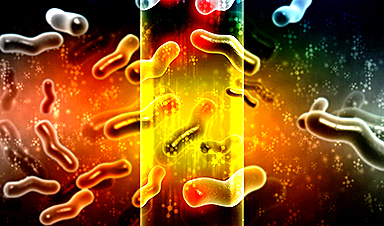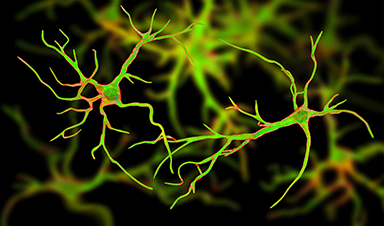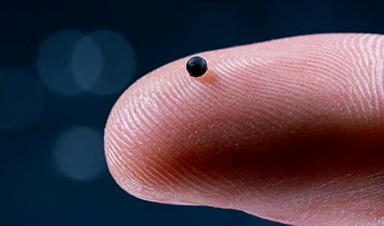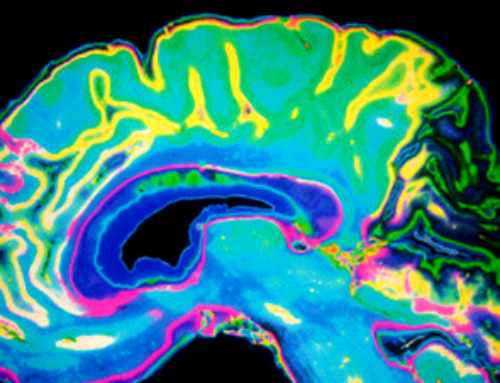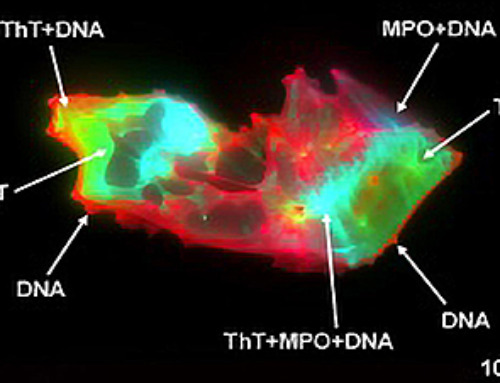| (Nanowerk News) Cleaning up after a major oil spill is a long, expensive process, and the damage to a coastal region’s ecosystem can be significant. This is especially true for the world’s Arctic region, where newly opened sea lanes will expose remote shorelines to increased risks due to an anticipated rise in sea traffic. | |
| Current mitigation techniques even in heavily populated regions face serious limitations, including low oil absorption capacity, potential toxicity to marine life and a slow remediation process. | |
| However, advances in nanotechnology may provide solutions that are more effective, safer and work much faster than current methods. That’s according to a new paper in Environmental Science: Nano (“Nanotechnology for oil spill response and cleanup in coastal regions”) by a Concordia-led team of researchers. | |
| “Using nanomaterials as a response method has emerged as a promising sustainable approach,” says lead author Huifang Bi, a PhD candidate in the Department of Building, Civil and Environmental Engineering at the Gina Cody School of Engineering and Computer Science. | |
| “This paper synthesizes, reviews and analyzes between 40 and 50 studies on the subject to give us a big-picture look of the status of nanotechnologies in coastal oil spill response. At the same time, we are also presenting our own suggestions and identifying research gaps between using nanomaterials in the lab and how they can be used in real-world applications.” | |
| She adds that nanomaterials are being widely studied to combat marine oil spills, but she is focusing specifically on coastline remediation. She estimates that more than 90 per cent of the papers she reviewed were exclusively lab-based and not yet available for field use. | |
Encouraging results need field testing |
|
| The unique properties found in nanomaterials can help mitigation across different remediation efforts. These include surface washing agents, dispersants, sorbents and bioremediation. Each method has its own strengths and drawbacks that can be improved with the use of nanomaterials. | |
| For instance, replacing synthetic surfactants and organic solvents with bio-based nanomaterials has shown to be both highly effective at removing oil and to produce less toxic substances that can harm coastal biotas. | |
| Nanomaterials can also be used in dispersants. Clay-based nanomaterials can stabilize oil particles in an emulsion, resulting in a larger area for oil-eating bacteria to grow and accelerating oil disappearance. In sorbents like aerogels or foams, nanomaterials can improve the removal of oil from water by absorption, adsorption or a combination thanks to large surface areas and a high number of sorption sites. | |
| Finally, they can also be used to accelerate bioremediation, a technique that uses microorganisms to break down harmful pollutants like oil into less harmful or harmless substances. | |
| “While these lab-based results are encouraging, we need to exercise caution,” warns Bi, winner of a 2023 Vanier Canada Graduate Scholarship. “We should prioritize the use of sustainable and eco-friendly nanomaterials to minimize environmental risks and ensure the responsible application of nanotechnology in coastal oil spill response. We also need to scale up testing to measure this efficacy in field tests.” | |
| According to Bi’s thesis supervisor Chunjiang An, an associate professor in the same department, the emergence of nanomaterials as oil spill remediation tools is coming at a critical time. | |
| “We are facing many new challenges, with threats of oil spills now affecting both traditional and new regions, including the Arctic,” he says. “We need to work with governments and the private sector to ensure that they are aware of these technologies and can further include them in their future remediation guidelines.” |
| Source: By Patrick Lejtenyi, Concordia University (Note: Content may be edited for style and length) |
News
A single shot of HPV vaccine may be enough to fight cervical cancer, study finds
WASHINGTON -- A single HPV vaccination appears just as effective as two doses at preventing the viral infection that causes cervical cancer, researchers reported Wednesday. HPV, or human papillomavirus, is very common and spread [...]
New technique overcomes technological barrier in 3D brain imaging
Scientists at the Swiss Light Source SLS have succeeded in mapping a piece of brain tissue in 3D at unprecedented resolution using X-rays, non-destructively. The breakthrough overcomes a long-standing technological barrier that had limited [...]
Scientists Uncover Hidden Blood Pattern in Long COVID
Researchers found persistent microclot and NET structures in Long COVID blood that may explain long-lasting symptoms. Researchers examining Long COVID have identified a structural connection between circulating microclots and neutrophil extracellular traps (NETs). The [...]
This Cellular Trick Helps Cancer Spread, but Could Also Stop It
Groups of normal cbiells can sense far into their surroundings, helping explain cancer cell migration. Understanding this ability could lead to new ways to limit tumor spread. The tale of the princess and the [...]
New mRNA therapy targets drug-resistant pneumonia
Bacteria that multiply on surfaces are a major headache in health care when they gain a foothold on, for example, implants or in catheters. Researchers at Chalmers University of Technology in Sweden have found [...]
Current Heart Health Guidelines Are Failing To Catch a Deadly Genetic Killer
New research reveals that standard screening misses most people with a common inherited cholesterol disorder. A Mayo Clinic study reports that current genetic screening guidelines overlook most people who have familial hypercholesterolemia, an inherited disorder that [...]
Scientists Identify the Evolutionary “Purpose” of Consciousness
Summary: Researchers at Ruhr University Bochum explore why consciousness evolved and why different species developed it in distinct ways. By comparing humans with birds, they show that complex awareness may arise through different neural architectures yet [...]
Novel mRNA therapy curbs antibiotic-resistant infections in preclinical lung models
Researchers at the Icahn School of Medicine at Mount Sinai and collaborators have reported early success with a novel mRNA-based therapy designed to combat antibiotic-resistant bacteria. The findings, published in Nature Biotechnology, show that in [...]
New skin-permeable polymer delivers insulin without needles
A breakthrough zwitterionic polymer slips through the skin’s toughest barriers, carrying insulin deep into tissue and normalizing blood sugar, offering patients a painless alternative to daily injections. A recent study published in the journal Nature examines [...]
Multifunctional Nanogels: A Breakthrough in Antibacterial Strategies
Antibiotic resistance is a growing concern - from human health to crop survival. A new study successfully uses nanogels to target and almost entirely inhibit the bacteria P. Aeruginosa. Recently published in Angewandte Chemie, the study [...]
Nanoflowers rejuvenate old and damaged human cells by replacing their mitochondria
Biomedical researchers at Texas A&M University may have discovered a way to stop or even reverse the decline of cellular energy production—a finding that could have revolutionary effects across medicine. Dr. Akhilesh K. Gaharwar [...]
The Stunning New Push to Protect the Invisible 99% of Life
Scientists worldwide have joined forces to build the first-ever roadmap for conserving Earth’s vast invisible majority—microbes. Their new IUCN Specialist Group reframes conservation by elevating microbial life to the same urgency as plants and [...]
Scientists Find a Way to Help the Brain Clear Alzheimer’s Plaques Naturally
Scientists have discovered that the brain may have a built-in way to fight Alzheimer’s. By activating a protein called Sox9, researchers were able to switch on star-shaped brain cells known as astrocytes and turn them into [...]
Vision can be rebooted in adults with amblyopia, study suggests
Temporarily anesthetizing the retina briefly reverts the activity of the visual system to that observed in early development and enables growth of responses to the amblyopic eye, new research shows. In the common vision [...]
Ultrasound-activated Nanoparticles Kill Liver Cancer and Activate Immune System
A new ultrasound-guided nanotherapy wipes out liver tumors while training the immune system to keep them from coming back. The study, published in Nano Today, introduces a biodegradable nanoparticle system that combines sonodynamic therapy and cell [...]
Magnetic nanoparticles that successfully navigate complex blood vessels may be ready for clinical trials
Every year, 12 million people worldwide suffer a stroke; many die or are permanently impaired. Currently, drugs are administered to dissolve the thrombus that blocks the blood vessel. These drugs spread throughout the entire [...]












